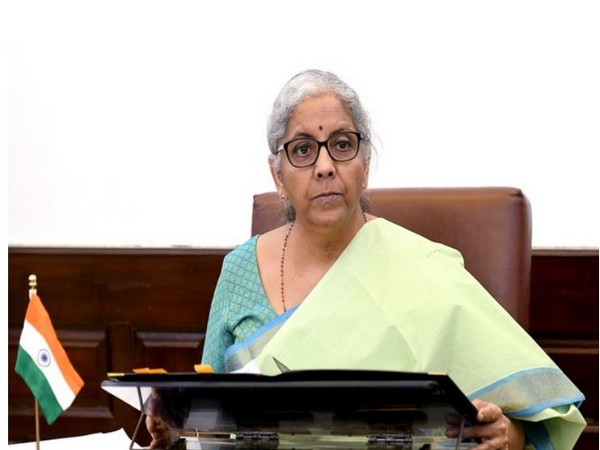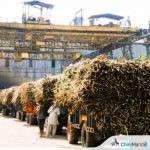New Delhi [India], July 22 (ANI): India’s workforce is nearly 56.5 crore, with more than 45 per cent employed in agriculture, 11.4 per cent in manufacturing, 28.9 per cent in services, and 13.0 per cent in construction, highlights the Economic Survey 2023-24 released by the finance ministry on Monday.
The survey also added that India’s female labour force participation has been rising over the last six years, and the unemployment rate is on the decline, the survey highlighted improvements in Indian labour market indicators over the past six years, with the unemployment rate dropping to 3.2 per cent in 2022-23.
The survey noted that employment has recovered from pandemic shocks in both urban and rural areas. It stated, “The female labour force participation rate has been rising for six years, from 23.3 per cent in 2017-18 to 37 per cent in 2022-23, driven mainly by the rising participation of rural women.”
Amid the government’s push for the infrastructure sector, the survey stated that while the services sector remains a major job creator, the construction sector has been rising in prominence lately.
To meet the demands of the employment sector amid a growing population the survey pointed out that the Indian economy needs to generate nearly 78.51 lakh jobs annually in the non-farm sector. The net payroll additions under EPFO have more than doubled in the past five years, signalling healthy growth in formal employment.
On AI the survey added as artificial intelligence becomes more prevalent in various economic activities, steering technological choices towards collective welfare is crucial. Employers must balance deploying technology and labour. It suggests that agro-processing and the care economy are promising sectors for generating and sustaining quality employment.
The increase in candidates undergoing skill development through the Government’s flagship programs has highlighted the emphasis on ‘Skill India.’ However, regulatory obstacles such as land use restrictions, building codes, and limits on sectors and hours for women’s employment hinder job creation. Removing these barriers is essential to boost employment and raise women’s labour force participation rate.
The survey states that the key areas of policy focus in the short to medium term include job and skill creation, tapping the full potential of the agriculture sector, addressing MSME bottlenecks, managing India’s green transition, deftly dealing with the Chinese conundrum, deepening the corporate bond market, tackling inequality and improving our young population’s quality of health.
“The growth strategy for Amrit Kaal is predicated on six key areas. Firstly, there must be a deliberate focus on boosting private investment. Secondly, the growth and expansion of India’s Mittelstand (MSMEs) is a strategic priority. Thirdly, the potential of agriculture as an engine of future growth must be recognised and policy impediments removed. Fourthly, there is a need to secure the financing of green transition in India. Fifthly, the education-employment gap must be bridged. And finally, focused building of state capacity and capability is required for sustaining and accelerating India’s progress.” the document reads.
According to the survey, in the medium term, the Indian economy can grow at a rate of 7 per cent plus on a sustained basis if we build on the structural reforms undertaken over the last decade. This requires a tripartite compact between the Union Government, State Governments and the private sector. (ANI)













Excellent. In my opinion, considering the increase of human population in India and surrounding countries around India,in a near future mostly next five years ,the India’s workforce per cent employment may be around to 55 per cent in Agriculture for more and more food,feed, 15 per cent in manufacturing,23 per cent in services and seven per cent in construction as AI technologies can available,widely. Best Wishes.Thanks for information.